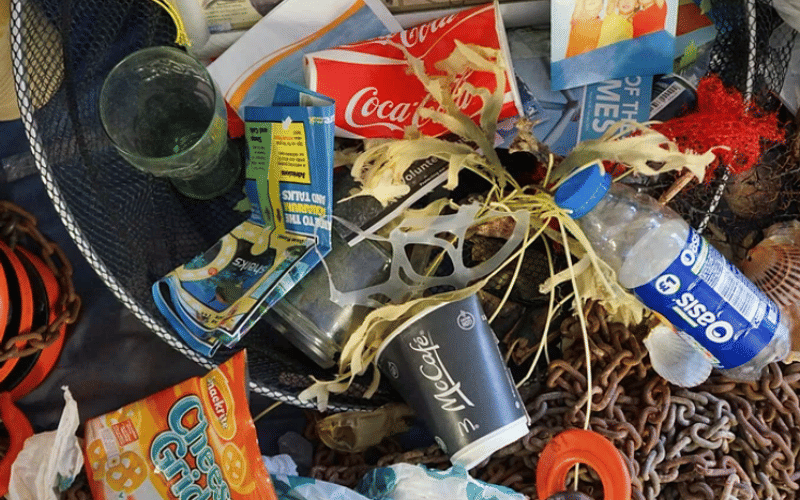Food labels market to hit USD 116-billion
Demand for smart, eco-friendly packaging is driving steady growth in the global food label market, projected to reach USD 116-billion by 2034.
23 Apr 2025 | By WhatPackaging? Team
Food labels are evolving from simple information tags to multifunctional tools that support transparency, branding, and sustainability. More than just product identifiers, they are now key components in packaging strategy and regulatory compliance.
Smart labels, featuring technologies like QR codes, RFID chips, and NFC tags, are gaining traction. These tools let consumers access detailed product information via smartphones, enabling informed purchasing decisions. This aligns with a growing consumer demand for transparency in ingredients, sourcing, and sustainability practices.
The global food labels market is projected to grow from USD 76.74-billion in 2025 to USD 116.32-billion by 2034, with a compound annual growth rate (CAGR) of 4.73%. This expansion is largely driven by the rise of packaged foods, the growth of e-commerce, and the increasing role of modern retail outlets.
Sustainability is another major force shaping the industry. Governments are setting stricter environmental regulations, prompting companies to adopt recyclable or biodegradable label materials. Eco-friendly packaging is quickly becoming a standard requirement rather than a differentiator.
At the same time, automation and artificial intelligence are being integrated into label production. Technologies like optical character recognition (OCR) help reduce human error by scanning labels for accuracy in real time. This ensures compliance with regulatory standards and reduces the risk of costly product recalls.
The combination of technology, environmental responsibility, and efficiency is redefining what food labels can do. Companies that invest in these innovations are better positioned to build consumer trust and remain competitive in a fast-changing market.
This story is based on a report by Towards Packaging.


